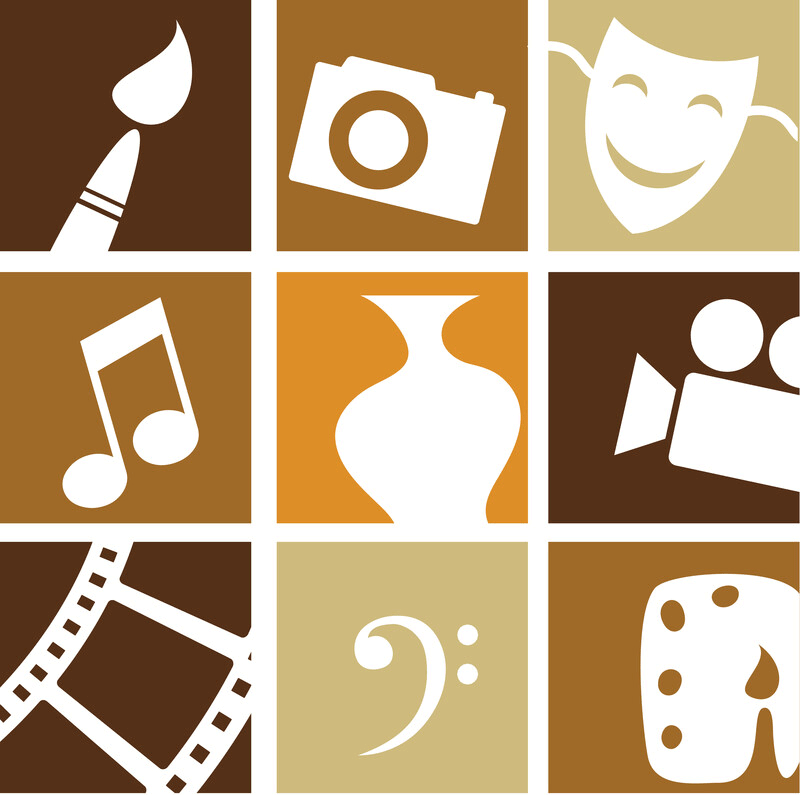 Each week, we're sharing cultural experiences you can access from home during the pandemic, such as online concerts, theater and art.
Each week, we're sharing cultural experiences you can access from home during the pandemic, such as online concerts, theater and art.
This week we suggest you explore the rich history of Indian dance with a short introductory video mostly focused on the Bharatanatyam tradition, one of eight dance styles recognized by India's National Academy of Music, Dance and Drama. Sometimes written as one word, sometimes two, Bharata natyam is a modern descriptor consisting of the first letters of bhava (emotions), raga (melody) and tala (rhythm), coupled with natya, the Sanskrit word for dance. With its roots in the southern state of Tamil Nadu, it is generally considered the oldest classical dance style in India, dating back to at least the 2nd century AD.
There are many amazing performances available on YouTube including this.
Conventionally, Bharata natyam was a solo dance performed by women used to illustrate stories from the Hindu religious texts. Then, in 1910, the colonial British government banned temple dancing and the Indian community pushed back, embracing the form and expanding it outside the temples and across the country. Today, Bharatanatyam is a staple of popular dance and Bollywood movies, for example the 2016 time-traveling romance Baar Baar Dekho (Look Again and Again) which earned over 55 crore (US$650) at the box office. If you're in the mood to give Bollywood dance a go yourself, try this Bollywood dance workout!
Then, stop by the most beautiful mausoleum in the world, the Taj Mahal. Commissioned in 1632 by the emperor Shah Jahan to provide a final resting place for his favorite wife, Mumtaz Mahal; it also houses the tomb of Jahan himself. Thanks to Google you can get right up close to the building and explore the intricacies of the architecture, or join one of the many tours available on YouTube such as this one from the "Luxury Travel Expert."
Lastly, explore the National Museum in New Delhi, including the famous bronze "Indus dancing girl," part of the museum's prehistoric archaeology collection.
In addition to our Culture Corner features, you'll find thousands of Beyond the Book articles that explore a historical, cultural or contextual aspect of every book we feature.
Image: Yann Forget / Wikimedia Commons